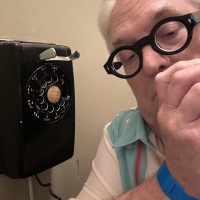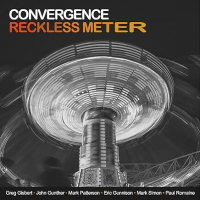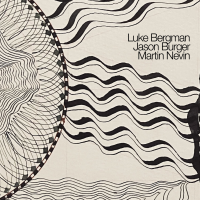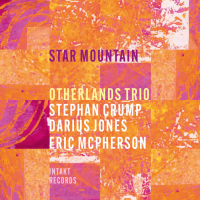Home » Jazz Articles » Reassessing » Kenny Drew: New Faces - New Sounds
Kenny Drew: New Faces - New Sounds
Drew was born in New York City in 1928 and, Like Kelly, attended the High School of Music & Art in Manhattan. Unlike Kelly, Drew's first recording came relatively shortly after his 1950 studio debut with Howard McGhee (Howard McGhee (Blue Note, 1952)). Over the next two years, Drew performed or recorded with Sonny Stitt, Buddy DeFranco, Lester Young, and Charlie Parker. One of his most auspicious appearances later was on John Coltrane's hard bop masterpiece Blue Train (Blue Note, 1958). Like Kelly, and Red Garland, Drew proved a more successful accompanist than leader with his personal oureve deserving more attention than it originally received.
Drew first found his way into the studio as a leader on April 16, 1953 at Rudy Van Gelder's studio the day after supporting Buddy DeFranco on his Mr. Clarinet (Verve, 1953) New York City sessions. Accompanied by bassist Curly Russell and drummer Art Blakey, Drew assembled a collection of seven standards and one original ("Drew's Blue," a method recording fixture that pianists play a blues during a recording date). Drew's piano style shows him to rely less on block chords and more on single-note playing, revealing more of a Bud Powell influence than anyone else. His playing was marked by a well-defined intention and was very precise. Drew's melodic lines were well-structured and delivered with authority.
The LP opener, the Jerome Kern/Otto Harbach standard "Yesterdays" illustrates this point. Drew introduces the piece with an unaccompanied orchestral flourish that gives way to an assertive juggernaut fanned by the incendiary fuel of Russell and Blakey, a formidable rhythm if one ever existed. Following the release from the head, the pair support Drew from beneath while he transforms be bop into hard bop before the listeners' ears. Regarding ballad's, Drew is twice tempo minded. "Stella by Starlight" is taken at mid-tempo with a potent momentum that almost raises the performance from balladic ease to full-blown swing. "Everything Happens to Me" is relaxed, but still possesses this special rhythm section's integral pulse.
Russell and Blakey's presence balances well the pairing of Paul Chambers and Art Taylor who appeared as the rhythm section on so many of the recordings from the period. If "swing" could be defined by Martin Williams as, ..."any two successive notes played by Paul Chambers..." (from his liner notes to Art Pepper's album Getting Together (Contemporary, 1960)) then "momentum" could be defined as Curly Russell's taking command of time. Art Blakey here is more understated than his subsequent recordings as a band leader, illustrating his complete grasp of appropriate format performance.
Kenny Drew emerged during a period when be bop and Bud Powell were giving way to what would become hard bop (or what I consider the closest thing to "mainstream" jazz). He had many similar contemporaries, proving that in a sea of nothing but great talent, one simply becomes part of a greater whole.
Track Listing
Yesterdays; Stella by Starlight; Gloria; Be My Love; Be My Love; Lover Come Back to Me; Everything Happens to Me; It Might as Well Be Spring; Drew’s Blues.
Personnel
Album information
Title: New Faces - New Sounds | Year Released: 1953 | Record Label: Blue Note Records
Tags
PREVIOUS / NEXT
Support All About Jazz
 All About Jazz has been a pillar of jazz since 1995, championing it as an art form and, more importantly, supporting the musicians who make it. Our enduring commitment has made "AAJ" one of the most culturally important websites of its kind, read by hundreds of thousands of fans, musicians and industry figures every month.
All About Jazz has been a pillar of jazz since 1995, championing it as an art form and, more importantly, supporting the musicians who make it. Our enduring commitment has made "AAJ" one of the most culturally important websites of its kind, read by hundreds of thousands of fans, musicians and industry figures every month.
























